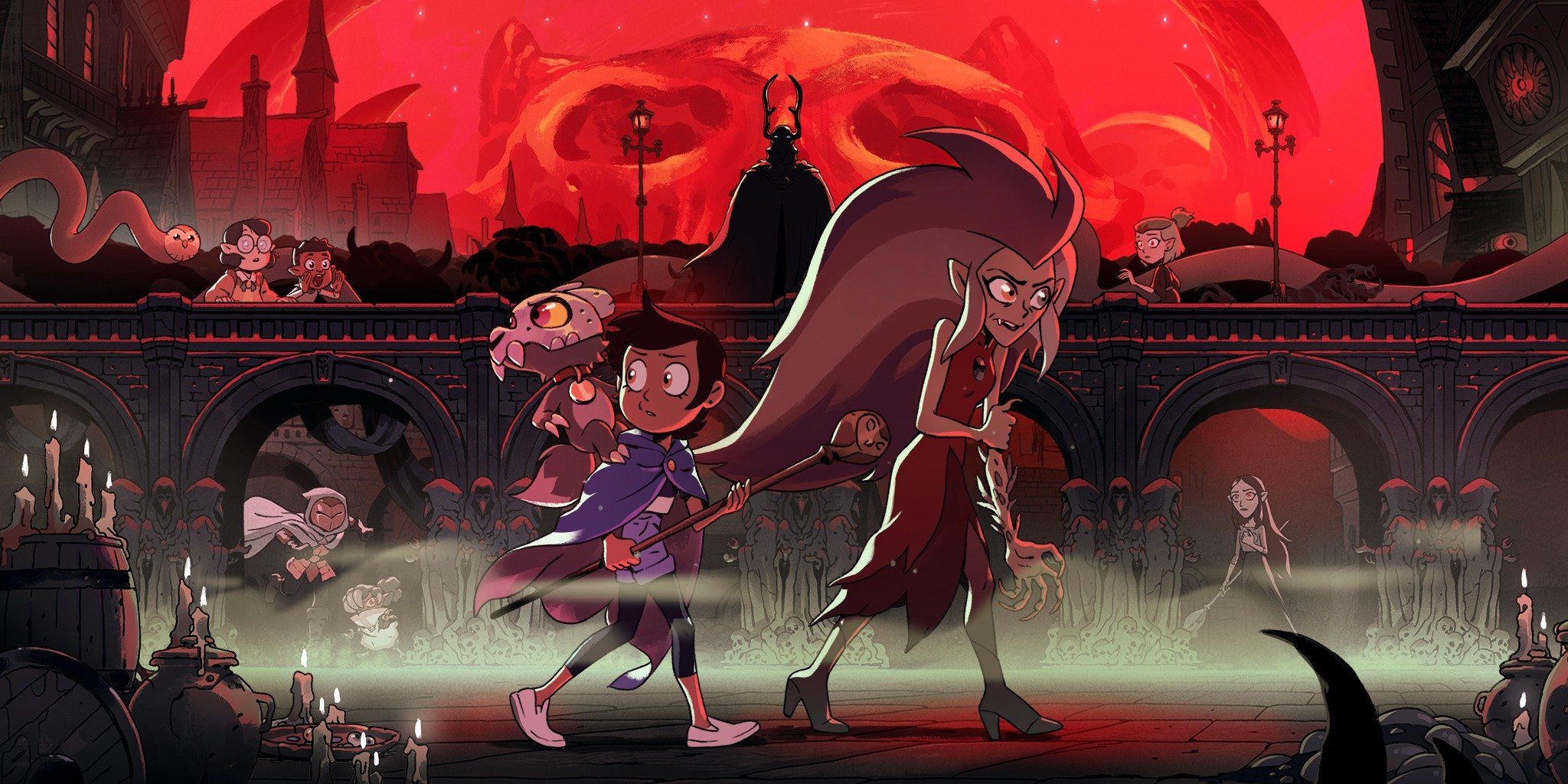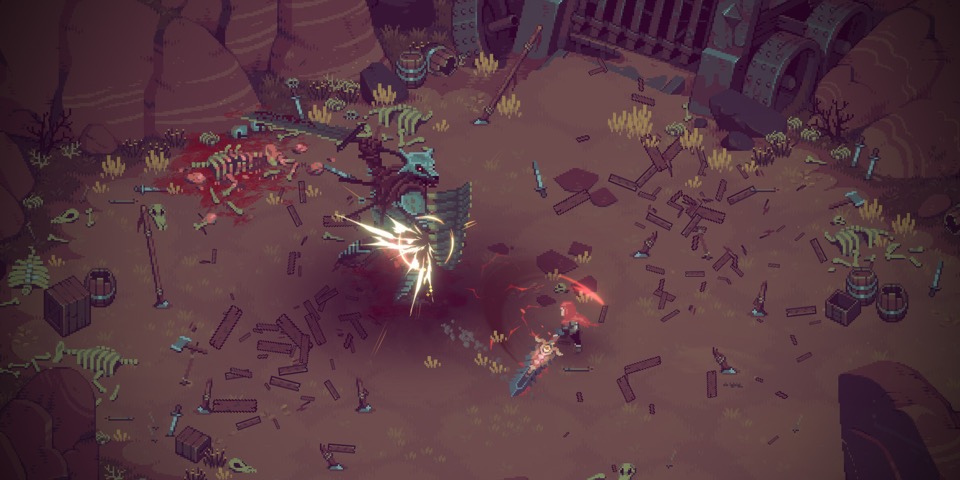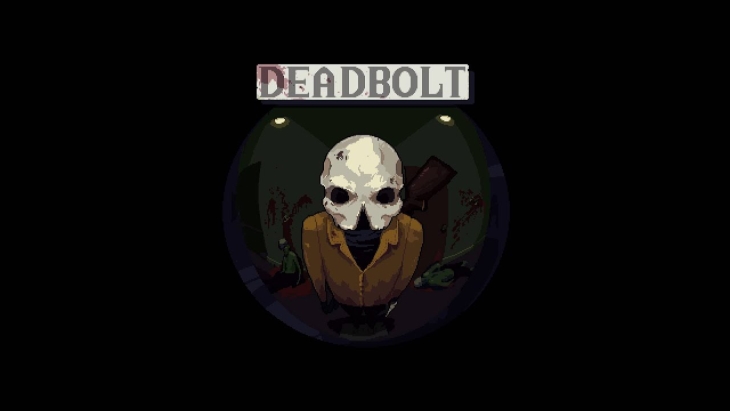
The Owl House creator Dana Terrace recently confirmed that it’s too late for an extended third season of the show, with the remaining narrative to be doled out across a trio of extended 44-minute specials. With the second season currently airing, there are still plenty of adventures for Luz Noceda, Amity Blight, and company to embark upon – but fans are understandably miffed that this groundbreaking queer adventure will meet its end much sooner than many of us had hoped. It’s become my latest hyperfixation, a safe space for exploring my identity while empathising with a cast of young characters who are walking along the treacherous yet fulfilling road of self discovery. It’s not hyperbolic to say that The Owl House has broken boundaries in the LGBTQ+ space, especially under the banner of a parent company that is often too eager to relegate such identities to the background.
I only need to look at the response to previous articles I’ve written about The Owl House – alongside my recent interview with art director Ricky Cometa – to understand how special this show is, and not just because it happens to be in the right place at the right time when it comes to pushing queer representation. Recent years have seen shows like She-Ra and the Princesses of Power and Steven Universe normalise lesbian protagonists, diverse identities, and unconventional relationships across networks and streaming services, with creators like Noelle Stevenson and Rebecca Sugar being given the freedom to bring these ideas to the forefront. Molly Ostertag told me before that She-Ra wouldn’t exist without Steven Universe, because her partner was able to march up to Netflix and prove that these shows have value, audiences, and a right to exist to show young people that being different is nothing to be ashamed of. In fact, it should be embraced.
Related: The Owl House Just Had Its Gayest Episode Yet
While it would be ridiculous to make assumptions about the inner workings of animation and exactly how The Owl House was produced, Disney cutting it short so soon after its queer themes became prevalent feels like a stab in the back, like these stories aren’t worth telling alongside other, safer shows that dwarve Dana Terrace’s creation in episode count. Terrace told fans in a recent live stream that The Owl House is far from dead, it still has a long life ahead of it if fans are willing to step in and support it by streaming the show, writing letters to Disney, and making their compassion known for potential spin-off projects.

I’ve found that creatives in the animation industry are surprisingly honest on social media, talking with fans without worrying about the wrath larger companies might bring down upon them. Obviously much of the juicier stuff is hidden behind NDAs, but fans being able to talk transparently with the individuals behind shows like The Owl House, She-Ra, and Amphibia has crafted a sense of belonging that wouldn’t have been possible ten years ago. Just last year, Tuca & Bertie was picked up by another network thanks to fan outcry. However, this also makes the inevitable conclusion of the show that much harder to swallow.
Knowing that its third season is going to be delivered in a rather unconventional form, I’m excited to see how far The Owl House can push its queer representation. Queer stories in modern media often end with characters establishing their relationship or sharing a kiss before the credits roll and we’re left to explore fanfiction and supplemental comics to learn where it all goes from there. The Legend of Korra and She-Ra are two examples of this, although the latter was infinitely more forward-thinking in its expression of LGBTQ+ attitudes. The Owl House could change all this, making sure queer content isn’t merely a footnote to the overall story – it’s ingrained into every facet of its existence and is just a normal thing, as it should be.

We’re less than halfway through the second season and we’ve already seen two female characters begin to understand their feelings for one another. Last week Amity Blight came out to her siblings and dyed her hair lilac as a symbolic gesture of newfound independence and a willingness to embrace her identity. This is all capped off as she steps outside and plants a kiss on our heroine’s cheek. After this, the screen fades to black as viewers are left to lose their minds over the beautiful gay disaster they just witnessed. It’s so honest, so raw, and it delivers a definitive message that love transcends gender even in the world of children’s animation. Young people will watch this and learn that they belong, and feelings that make them feel ostracised will soon fade and give way to acceptance.
This is the fifth episode of a 20-episode season, and it’s clear that Luz and Amity’s respective arcs will delve into their blossoming relationship. Our Latinx protagonist is yet to confide in her found family about this, and how a girl she obviously has feelings for decided to peck her on the cheek and run away. She’s 14, discovering her sexuality, and trapped in a magical realm with no way to return home – those are a lot of things to deal with, and they’re all being approached with a deft hand so audiences both young and old can find something worthwhile in how they’re explored. I cannot wait to see how Luz reacts, and if The Owl House will commit to a coming out scene where she needs to accept how she feels and realise that it doesn’t make her any different – if anything, it makes her all the more special.
We’ll see where it all goes, but the fact The Owl House now has a finish line in sight in terms of wrapping up its narrative and saying goodbye to its characters is a bittersweet realisation. Fans have already erupted on social media with petitions and trending hashtags, making it clear that they want to see more from this universe. I doubt Disney will end up playing ball, and we shouldn’t look toward giant corporations for continual queer representation anyway, but I feel bad for the creators who put their heart and soul into this world only for it all to be cut short. It would be different if it sucked and nobody was watching it, but that’s not true here, and The Owl House’s continued dedication to queerness being snuffed out doesn’t make it any easier. Come on Disney, do it for the gays.
Next: Persona 5 Royal On Xbox Game Pass Could Change The JRPG Landscape


